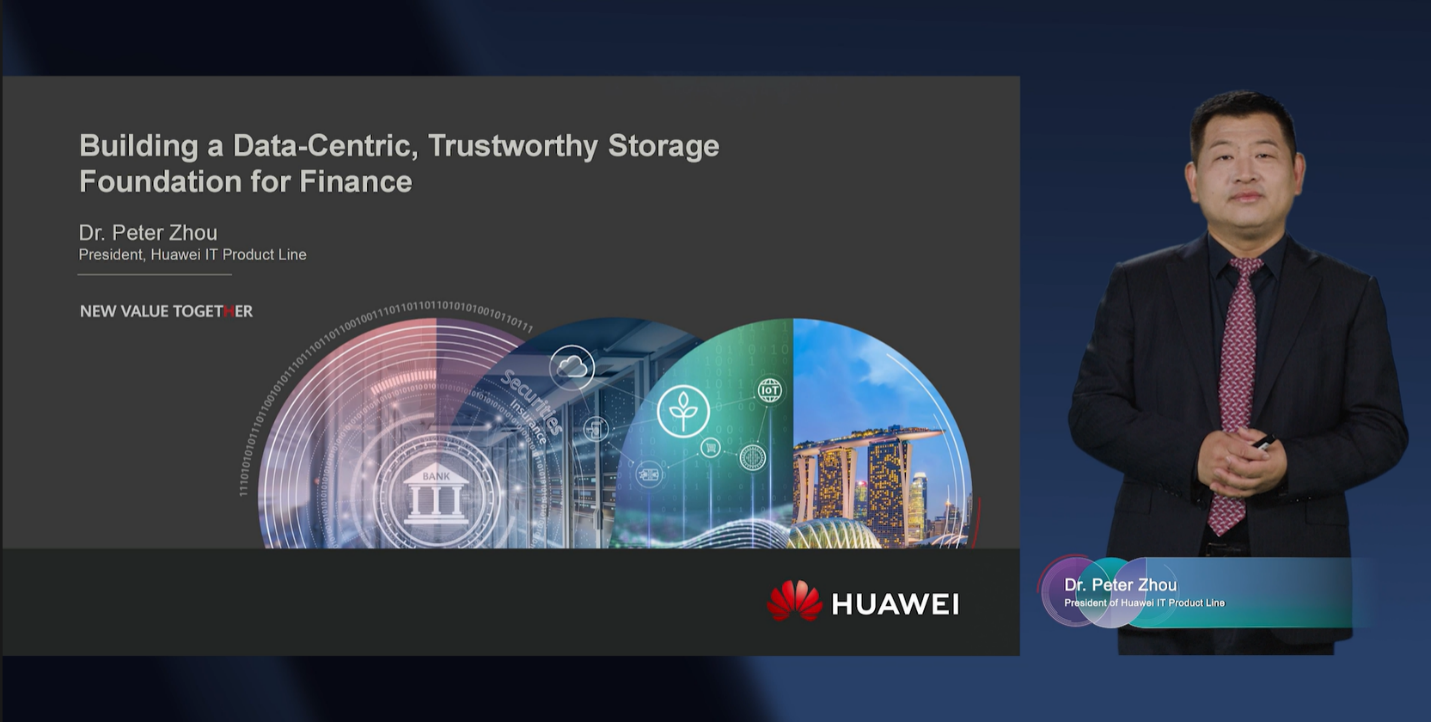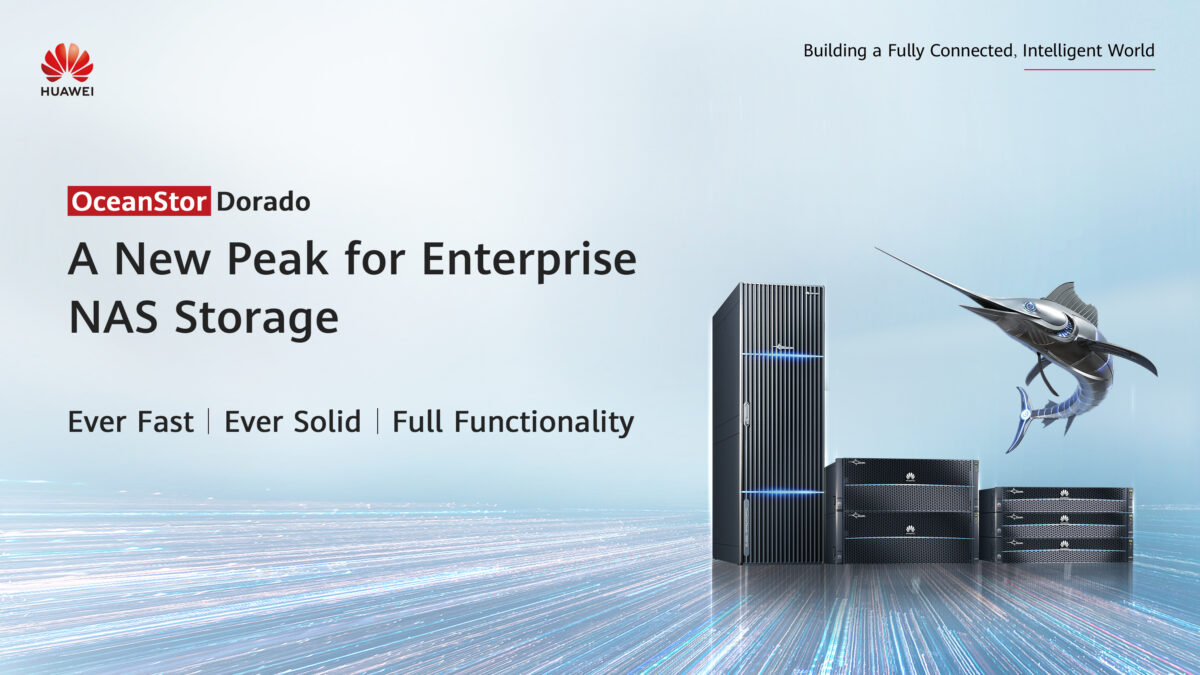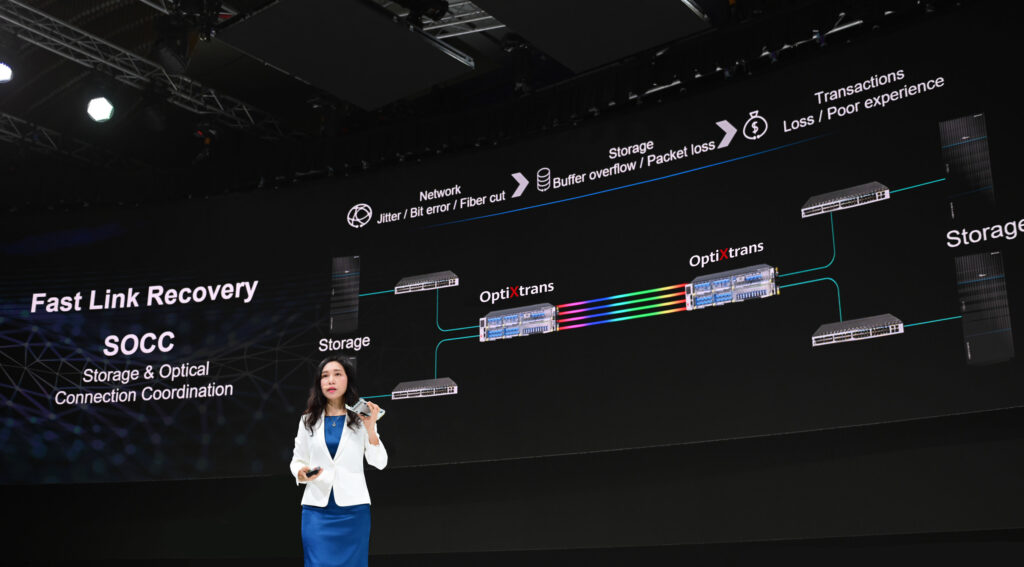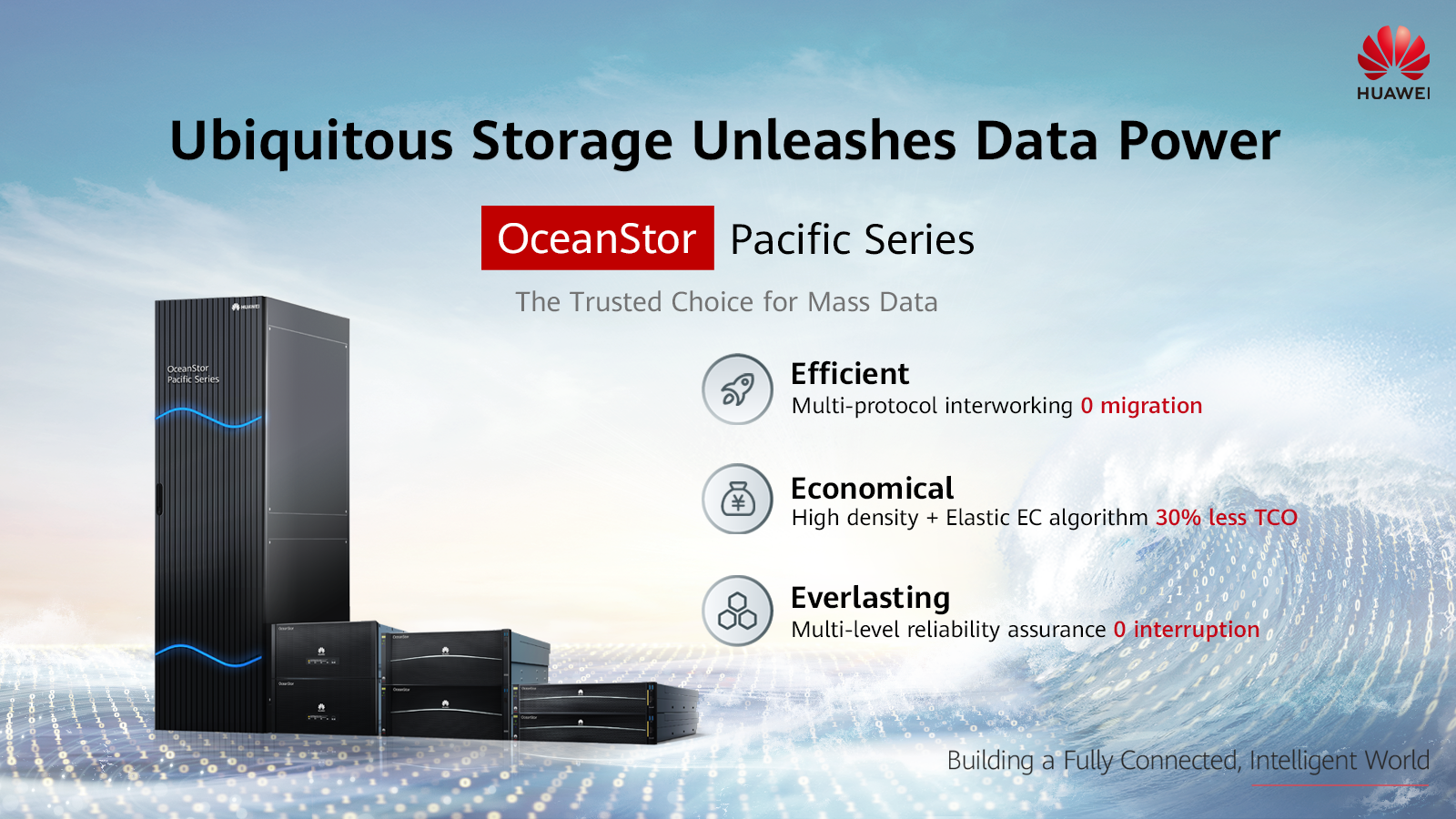The rise in Industry 4.0 technologies such as Internet of Things, Artificial Intelligence, and Machine Learning is driving the global data explosion post-pandemic.
Gartner projects that by 2025, around 75% of enterprise-generated data will be created and processed outside a traditional data center or cloud.
The financial services sector is one of the most data-forward industries globally, yet many are neglecting the role of data on a core part of their infrastructure: storage.
A trustworthy storage lays the foundation for more efficient and productive digital customer acquisition, faster processing, and enhanced data protection for financial industry players.
In addition to internal customer relationship data and those gleaned from credit scoring agencies, banks can tap into a wide variety of new data sources to make better business decisions.
From e-commerce and mobile telephone networks to point-of-sale, procurement, and accounting platforms, third-party providers are increasingly generating digital data trails that financial institutions use to improve credit scoring and enhance credit risk assessment and monitoring efforts.
At the recently-concluded Huawei Intelligent Finance Summit 2022 in Singapore, Dr. Peter Zhou, President of Huawei IT Product Line shared how Huawei Data Storage can spur digital transformation among finance players in six specific scenarios, all common pain points to the industry.

Scenario 1: Production and Transaction Acceleration
Production and transaction are a bank’s lifelines. The rise of omni-channel banking — mobile apps, websites, brick-and-mortar branches, multiple social media platforms, phone banking — have led to the creation of a massive number of financial transactions, all in high frequency.
Certain services such as trade settlements and data exchanges, require faster and more reliable storage systems.
Huawei’s OceanStor Dorado all-flash storage enhances both Network Attached Storage (NAS) and Storage Area Network (SAN) capabilities, which are integrated to enable active disaster recovery (DR).
This is built on FlashLink intelligent algorithms that deliver a latency of just 0.05 milliseconds, and SmartMatrix full-mesh architecture that enables high tolerance to hardware failures and just three seconds of service interruption every year.

A Huawei banking customer who leveraged OceanStor Dorado saw its core banking services accelerate by three times (reducing batch processing durations from five hours to 1.5 hours), while data exchanges involving mass small files accelerated by 100%.
Scenario 2: Data Analytics Acceleration
Business intelligence, precision marketing, and real-time monitoring are typical big data scenarios in finance. These all require accurate and real-time analysis.
Huawei OceanStor Pacific Hadoop Distributed File System (HDFS) storage supports both lake (which stores raw and granular data) and warehouse (which stores data in tabular formats) data formats.
Thus, data can be queried immediately after being imported into a lake, reducing the need and time taken to extract, transform, and load data constantly.
Thanks to its decoupled storage-compute architecture, computing and storage resources can be expanded independently on demand.
When OceanStor Pacific HDFS was deployed in a bank in China, our customer benefitted from faster decision-making, with operational reporting reduced from several hours to just two minutes.
In addition to enabling efficient and informed decisions, the decoupled storage-compute architecture resulted in 30% lower total cost of ownership (TCO) for our customer.
Scenario 3: All-Scenario Data Protection
Banks are often targeted by malicious actors for their high brand and financial value. Thus data protection, DR/core service data backup are headline issues for the financial industry.
Huawei’s geo-redundant 3-Data-Center (3DC) DR solution provides DR, backup, and ransomware protection — a must for always on, critical financial services.
To make this solution even safer, two devices are used in each of the two intra-city data centers to implement the active-active deployment integrating SAN and NAS storage.
Coupled with this is the storage industry’s first Storage-Optical Connection Coordination (SOCC) solution, which leverages the advantages of storage devices and optical transmission products to prevent financial transaction failures caused by network jitter, ensuring stable and reliable financial transactions.

Dr. Margaret Hu, President of Marketing and Solution Sales, Global Digital Finance, Huawei, launched the SOCC solution
In terms of core service data backup, OceanProtect Backup Storage provides up to 155 TB/hour backup and 172 TB/hour recovery bandwidths, and a 72:1 data reduction ratio to lead the industry.
To protect against ransomware, Huawei’s proprietary machine learning algorithm identifies 99.9% of unknown ransomware attacks, while its Air Gap solution physically disconnects backups from networks when data is not replicated.
Scenario 4: Automatic Management
Data center operations and maintenance (O&M) costs are continually rising, and with financial players being heavy users of data centers, this creates an urgent need to enhance efficiency by automating the entire data lifecycle.
Huawei Data Management Engine (DME) is a unified platform for automation, monitoring, and reporting throughout the lifecycle.
On average, the DME increases resource efficiency by over 20% and shortens Test Traffic Measurement services by 10 times, giving personnel more time and resources to focus on what matters most.
Scenario 5: VMware Cloud Platform Storage
Global financial companies are embracing multi-cloud architectures, and many of them have chosen the VMware cloud platform. Huawei’s OceanStor Dorado is a first-choice Vmware cloud platform for two reasons: high automation and high reliability and performance.
It automates both resource provisioning and centralized O&M activities, while deliver high reliability with a low latency of 0.05 milliseconds.
Scenario 6: Container Storage

Nowadays, container technology is popular in the financial industry, thanks to its ability to support large-scale and elastic expansion of Internet applications.
In the past, banks adopted integrated server architecture with coupled applications and local disks.
However, these led to poor small-file performance (16 KB random read/write performance of only 20,000 operations per second), inflexible capacity expansion and low resource utilization, as well as no cross-node data sharing.
OceanStor Dorado NAS decouples containerized applications from storage, allowing multiple container nodes to simultaneously read and write the same file system, while supporting fast expansion of container nodes. This resulted in a 10x faster performance in processing small files: 16 KB random read/write performance of over 200,000 operations per second.
Together, these six scenarios paint a clear picture of how pivotal data-driven, green storage solutions can be to the financial services industry. Data will continue to explode as financial innovation abounds, and rising customer demands for bigger, better, and faster services will strain financial players without a data-centric and trustworthy storage foundation.
Huawei’s storage solutions continuously deliver better resource allocation, lower costs, higher processing performance, and enhanced data protection without compromising our green production and low-carbon mission.
Founded in 1987, Huawei is a leading global provider of information and communications technology (ICT) infrastructure and smart devices. Huawei has approximately 195,000 employees and operates in over 170 countries and regions, serving more than three billion people around the world.
- ant financial
- Big Data
- blockchain
- blockchain conference fintech
- chime fintech
- Cloud
- coinbase
- coingenius
- crypto conference fintech
- fintech
- fintech app
- fintech innovation
- Fintechnews Singapore
- Huawei
- OpenSea
- PayPal
- paytech
- payway
- plato
- plato ai
- Plato Data Intelligence
- PlatoData
- platogaming
- razorpay
- Revolut
- Ripple
- Sponsored Post
- square fintech
- stripe
- tencent fintech
- xero
- zephyrnet















